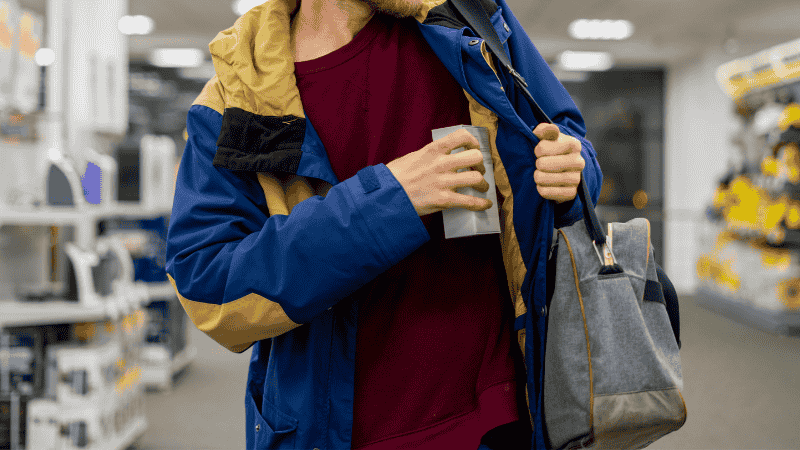In 2024, U.S. retailers alone lost over $112 billion to theft. Stores lose assets due to shoplifting and organized retail crime. Tamper-evident packaging helps retailers reduce this risk. It provides visible evidence if someone tries to open the container.
From food products to medical devices, tamper-evident features help retailers protect assets, reduce risk, and enhance safety. In this blog post, we will discuss how businesses can prevent theft, fraud, and unauthorized access by incorporating tamper-evident packaging into their operations.
The Growing Threat of Retail Theft and Product Tampering
Retail theft and product tampering are growing concerns for businesses worldwide. As technology advances, so do the methods criminals use to steal or manipulate products.
Common Forms of Retail Theft

Retail theft occurs in various ways, ranging from small-scale shoplifting to large-scale organized crime. Identifying these threats is crucial for businesses to implement effective security measures.
- Shoplifting: Shoplifting is the most common type of retail theft. The average shoplifting incident costs retailers $461.86. Individuals steal products by hiding them in bags, clothing, or strollers. Some criminals swap price tags or use self-checkout fraud to avoid full payment.
- Employee Theft: Employees have direct access to inventory and cash registers. Some steal merchandise for personal use, while others manipulate sales records or give unauthorized discounts. Employee theft is more challenging to detect, making tamper-evident packaging a crucial security measure.
- Organized Retail Crime (ORC): Organized groups steal large quantities of merchandise. These criminals often use distraction tactics or forceful methods to grab high-value items like electronics, pharmaceuticals, and branded goods. Many stolen products are resold online, making recovery difficult.
- Cargo Theft: Thieves target shipments before they reach stores. 58% of organized retail theft involves cargo theft. Criminals may hijack delivery trucks, reroute shipments, or swap genuine products with counterfeits in the supply chain.
- Return Fraud: Fraudulent returns cost retailers billions each year. Criminals buy expensive items, use or replace them with damaged goods, then return them for a refund. Some also steal products and return them without receipts for store credit.
The Hidden Risks of Product Tampering
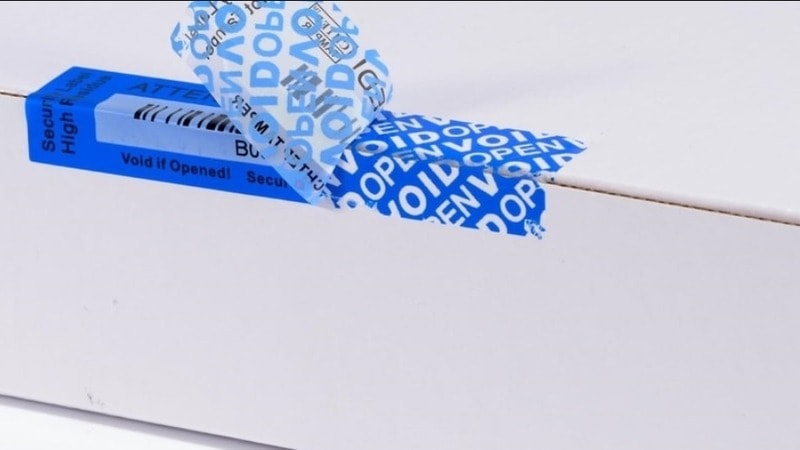
Retail theft is not the only threat. Product tampering poses serious risks. Criminals or unauthorized individuals may alter, open, or contaminate items before purchase.
- Health Risks – Contaminated food or medicine can harm consumers.
- Counterfeit Goods – Opened or resealed packaging may contain fake products.
- Damaged Reputation – Customers lose trust in brands with frequent tampering issues.
One of the most alarming cases of product tampering occurred in the UK, where a man laced baby food jars with metal shards and attempted to blackmail Tesco, a major supermarket chain, for $1.8 million in Bitcoin. This led to a mass recall of 42,000 jars of Heinz baby food and raised significant concerns about the need for stricter tamper-evident packaging and retail security measures.
Types of Tamper-Evident Solutions for Retailers?
Tamper-evident packaging helps protect products from tampering, shoplifting, and fraud. It ensures that customers and businesses can identify any unauthorized access. Industries such as retail, pharmaceuticals, and the food industry use these solutions to reduce risks and ensure safety.
Tamper-Evident Tape

Tamper-evident tape secures cartons, shipping boxes, and packaging materials. It provides immediate evidence of tampering, making it a key security feature for businesses that ship valuable or sensitive goods.
Different types of tamper-evident tape include:
- Full Transfer Tape
- Non-Transfer Tape
- Partial Transfer Tape
Tamper-Evident Labels
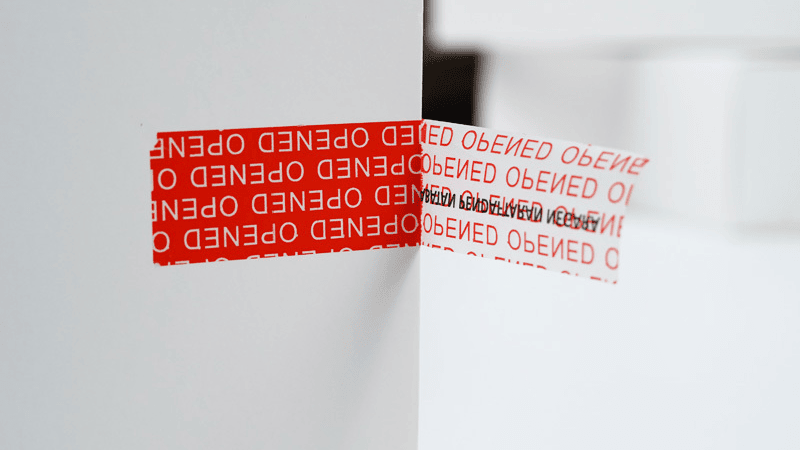
Tamper-evident labels help retailers, businesses, and manufacturers secure their products against theft and tampering. They work by leaving behind clear evidence when removed or manipulated. These labels protect high-value products, pharmaceuticals, and food packaging from resealing or counterfeiting.
Following are the main types of tamper evident labels:
- Void Labels
- Destructible Labels
- Holographic Labels
- RFID or Barcode Labels
Tamper-Evident Bags
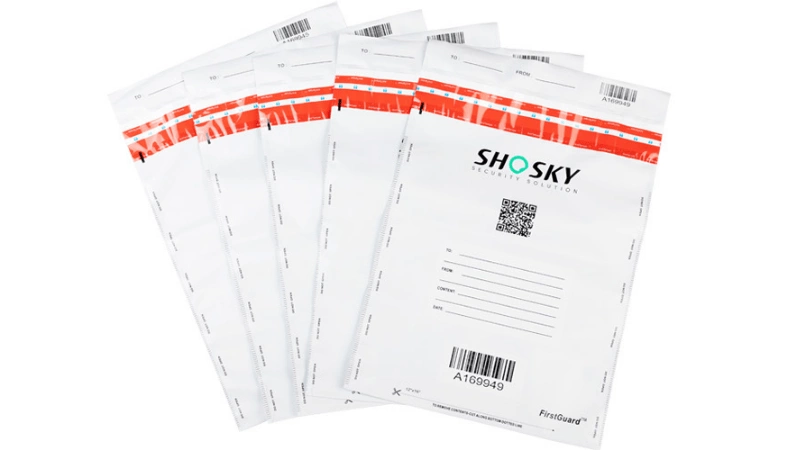
Tamper-evident bags provide a secure way to transport valuable items. They protect cash, confidential documents, sensitive materials, and retail products. Many industries use them to prevent theft, fraud and organized retail crime.
The types of tamper-evident bags include:
- Permanent Adhesive Bags
- Security Tape Bags
- Deposit Bags
- Biodegradable Security Bags
Tamper-Evident Seals
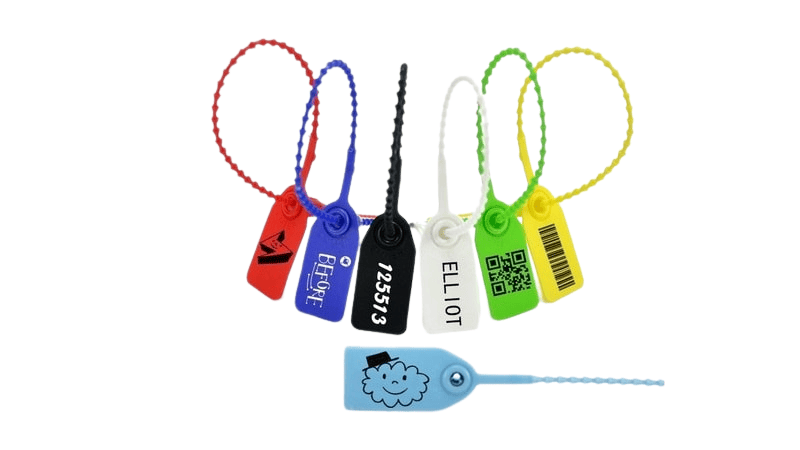
Tamper-evident seals add an extra layer of security to containers, bottles, and retail packaging. They prevent unauthorized access and protect against shoplifting, fraud, and counterfeit risks. Many industries, including food packaging, pharmaceuticals, and electronic devices, use these seals to ensure safety and maintain product integrity.
Some common types of tamper-evident seals include:
- Breakable Plastic Seals
- Security Hologram Seals
- Barcode Seals
- Void-Indicating Seals
Best Tamper-Evident Solutions for Different Industries
| Tamper-Evident Solution | Best Suited Industries |
|---|---|
| Tamper-Evident Tape | E-commerce, Logistics, Electronics, Retail |
| Tamper-Evident Labels | Pharmaceuticals, Cosmetics, Food & Beverage, Retail |
| Tamper-Evident Bags | Banking, Retail, Confidential Documents, Jewelry |
| Tamper-Evident Seals | Pharmaceuticals, Food Packaging, Electronics |
How Does Tamper-Evident Packaging Prevent Retail Theft and Fraud?
Tamper-evident packaging acts as a strong deterrent against theft and fraud by making unauthorized access immediately visible. It helps retailers protect product integrity, reduce losses, and build consumer trust.
Deterring Shoplifters with Visible Security Features
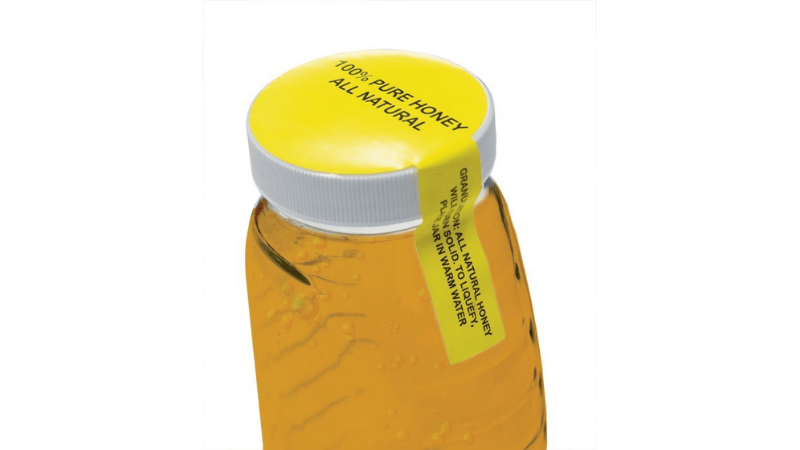
Tamper-evident packaging helps prevent shoplifting by adding visible security features to products. Shrink bands, breakable seals, and resistant packaging make it harder for criminals to remove or replace items without visible evidence.
Tamper-evident retail packaging also improves retail security by ensuring customers only receive safe and intact products. The food and pharmaceutical industries depend on evident packaging to ensure product integrity and safety.
Preventing Product Tampering and Return Fraud
Tamper-evident packaging protects retailers and consumers from fraudulent returns and product tampering. When tamper-evident seals or secondary packaging are broken, it becomes clear that a product was opened. This prevents criminals from swapping or altering items before returning them to stores. Retailers use these security measures to protect their market and reduce financial losses.
Improving Loss Prevention Strategies in Retail
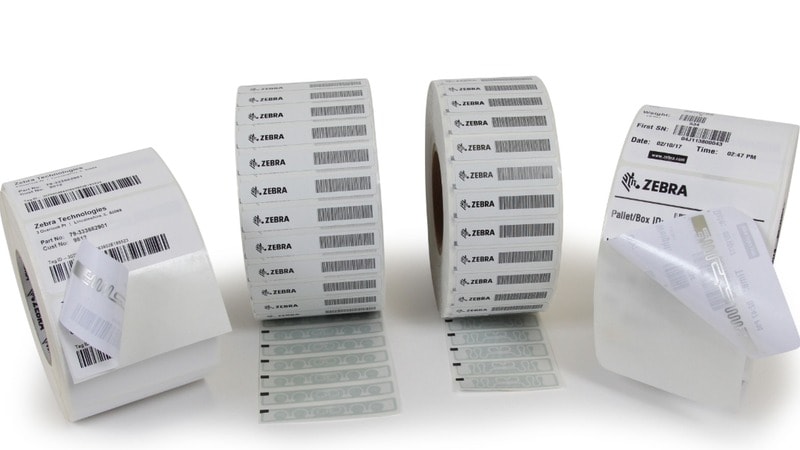
RFID technology and tracking systems help businesses identify tampering in real time. Organized retail crime often targets high-value products, but tamper-evident solutions make it harder for criminals to steal or resell them.
Resistant packaging and secure seals ensure that retailers control their supply chain. A dedicated team can monitor security features and detect any attempt to access products illegally.
How to Choose the Right Tamper Evident Solution?
It’s not as easy as putting a finger on a product if you like it. You have to consider the following factors before choosing the right tamper-evident solution:
Identify Product Risks and Evaluating Available Solutions
Choosing the right tamper-evident packaging starts with identifying potential risks associated with your product. This involves assessing factors such as:
- Product Type: Different products have varying levels of vulnerability. Perishable goods, pharmaceuticals, and high-value electronics require more stringent tamper-proofing than low-risk items.
- Security Requirements: Consider whether your product is at risk of counterfeiting, contamination, or unauthorized access. High-risk products may require multi-layered security solutions.
- Available Solutions: Evaluate various tamper-evident technologies, such as security seals, shrink bands, and RFID-enabled seals, to determine which best suits your needs.
By understanding these risks and matching them with the right packaging solution, you can ensure product safety and customer trust.
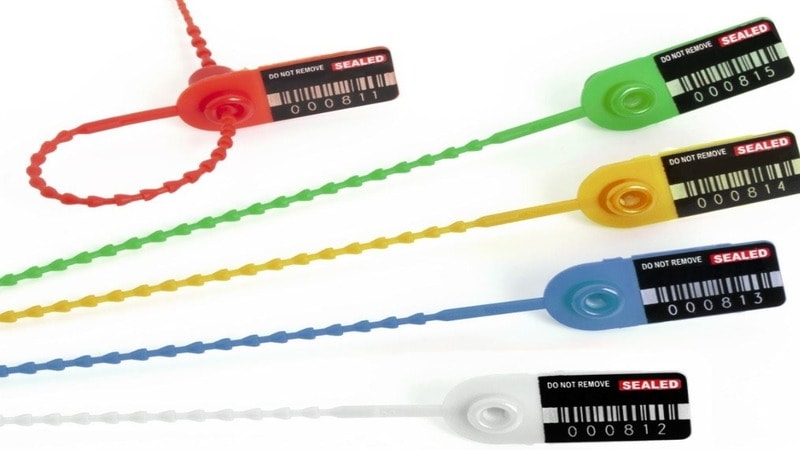
Consider Costs, Feasibility, and Compliance Requirements
Selecting a tamper-evident solution also requires balancing security with practical constraints. Key considerations include:
- Cost: Compare the price of different security solutions against the value of your product. Simple breakable seals may be cost-effective for low-value goods, while high-end authentication features like holograms or RFID tracking are better suited for premium items.
- Feasibility: Ensure the chosen solution can be easily integrated into your packaging process without causing operational delays or excessive costs.
- Regulatory Compliance: Check industry standards and legal requirements. For example, food and pharmaceutical products must adhere to FDA or EU regulations, while electronic goods may need tamper-proof packaging to prevent warranty fraud.
By carefully weighing these factors, you can implement a tamper-evident solution that meets security needs while remaining cost-effective and compliant.
6 Steps to Implement Tamper-Evident Packaging Solutions
Follow these key steps to implement tamper-evident packaging:
1. Follow Regulations
Check the packaging laws in your industry before choosing a solution. Different regions have different rules, especially for pharmaceuticals and food. Make sure your packaging meets these requirements to avoid legal issues.
2. Choose the Right Type
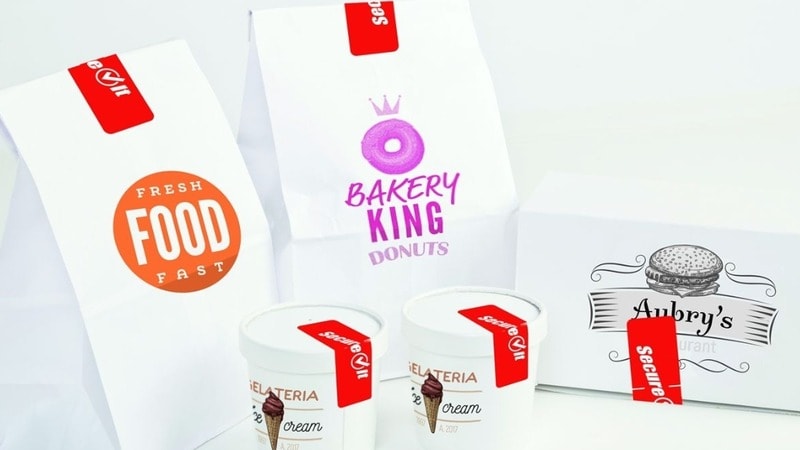
Tamper-evident packaging comes in different forms. The right choice depends on your product. Shrink bands and seals are common and require tearing off before opening. Breakable caps, often used for bottles and medicine containers, crack when first opened.
Adhesive security labels leave a “void” message when removed. Blister packs, commonly used for tablets and capsules, seal each dose separately. Induction seals, found under bottle caps, need to be removed before use.
3. Add It to Your Manufacturing Process
Once you choose the right solution, make sure your production line can handle it. Adjust your machinery to apply seals, bands, or labels correctly. Train workers to inspect packaging for defects and set up quality checks to ensure every product is sealed properly.
4. Test Before Launching
Before selling your product, check if the tamper-evident feature works properly. Run tests to see if it’s easy to spot tampering and make sure customers can open the package without too much effort.
5. Inform Customers
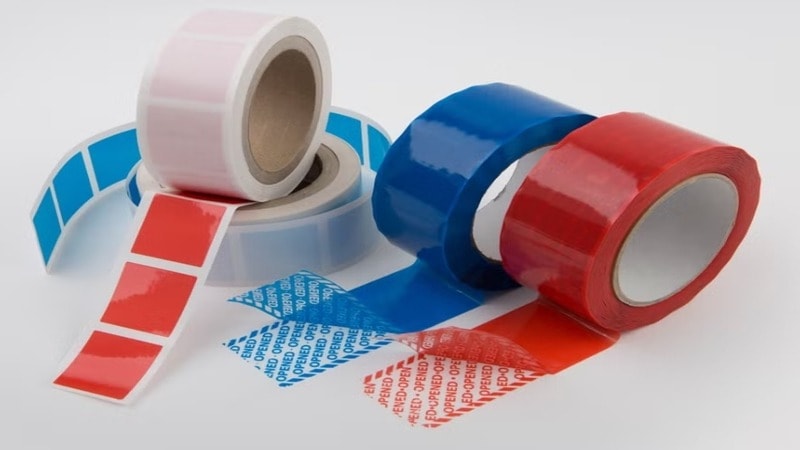
Let customers know about the security feature. Add a label or instructions to show how they can check if the package is safe. If they see signs of tampering, they should avoid using the product.
6. Keep Improving
Tampering methods evolve over time. Regularly review your packaging to stay ahead of new threats. If needed, upgrade to more advanced security features.
Case Studies: How Retailers Reduced Theft with Tamper-Evident Solutions
The following case studies highlight how leading companies have successfully used tamper-evident solutions to reduce theft and enhance security.
Case Study 1: Tesco Securing High-Risk Products with Tamper-Evident Packaging
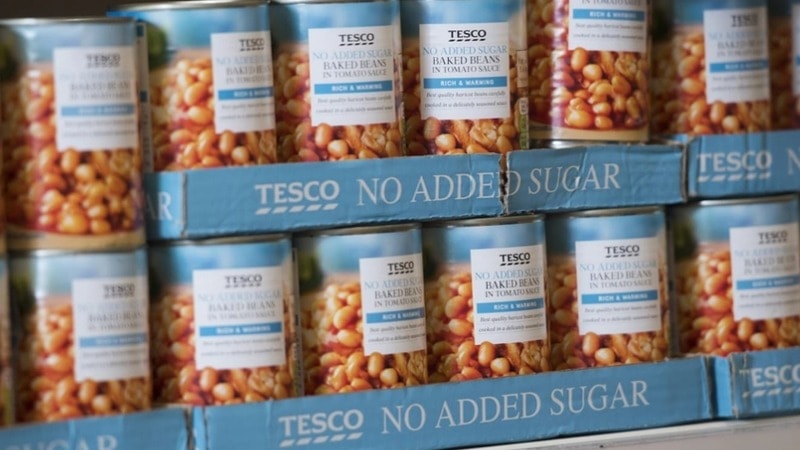
Tesco, a leading UK grocery chain, has strengthened product security by using tamper-evident packaging for high-risk food products like baby food and over-the-counter medications. To prevent tampering and organized retail theft, Tesco incorporates shrink bands and tamper-evident seals, ensuring visible evidence of any interference.
These measures not only protect consumers but also reinforce trust in product authenticity. By integrating tamper-resistant packaging into its supply chain, Tesco enhances security, guarantees quality, and maintains compliance with safety regulations.
Case Study 2: Silicon Labs Enhancing Retail Security with RFID-Enabled Labels
Silicon Labs, a leader in electronic shelf labels, has introduced RFID-enabled tamper-evident labels to combat organized retail crime. These labels provide an additional layer of protection by instantly detecting tampering, helping retailers prevent theft and unauthorized access to high-value electronics.
By integrating tamper-evident packaging into secondary packaging, Silicon Labs enables retailers to track inventory, reduce shoplifting, and enhance consumer confidence. This solution secures assets and streamlines operations, making it an essential tool for modern retail security.
Case Study 3: APMA Ensuring Safety in the Pharmaceutical Industry
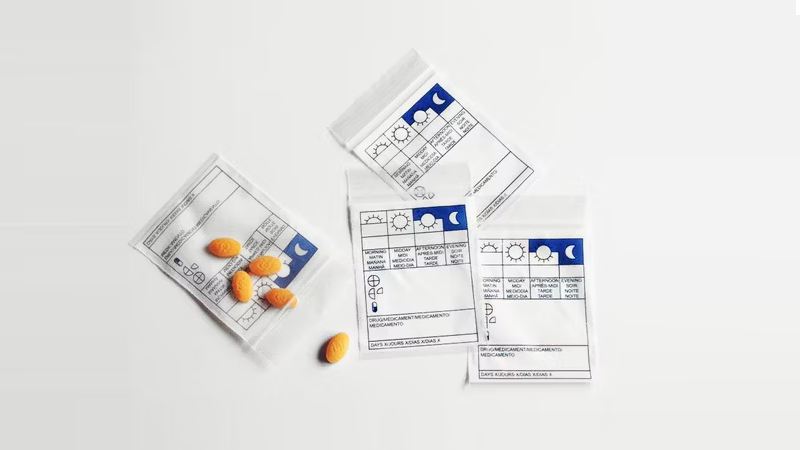
The Australian Pharmaceutical Manufacturers Association (APMA) has set industry guidelines for tamper-evident packaging to protect prescription medications and medical devices. Pharmacies use sealed blister packs, breakable seals, and resistant packaging to prevent medication fraud and unauthorized access.
These tamper-evident features provide peace of mind to consumers and ensure the integrity of pharmaceutical products. By prioritizing secure packaging, APMA helps maintain safety standards, reinforce consumer trust, and safeguard the pharmaceutical supply chain.
Common Mistakes Retailers Make When Using Tamper-Evident Solutions
Retailers often make mistakes when implementing tamper-evident solutions reducing their effectiveness: here are some common mistakes that can harm your product:
- Skipping Security Testing – Implementing tamper-evident packaging without proper testing can lead to ineffective security measures. Retailers should assess durability and functionality before large-scale use.
- Using Inadequate Packaging for High-Theft Items – Choosing the wrong security features for valuable products increases the risk of tampering and theft. High-risk items require advanced protections like tamper seals or RFID tracking.
- Lack of Employee Training – Without proper training, employees may overlook signs of tampering. Staff should be educated on recognizing security breaches and handling incidents to maintain product integrity.
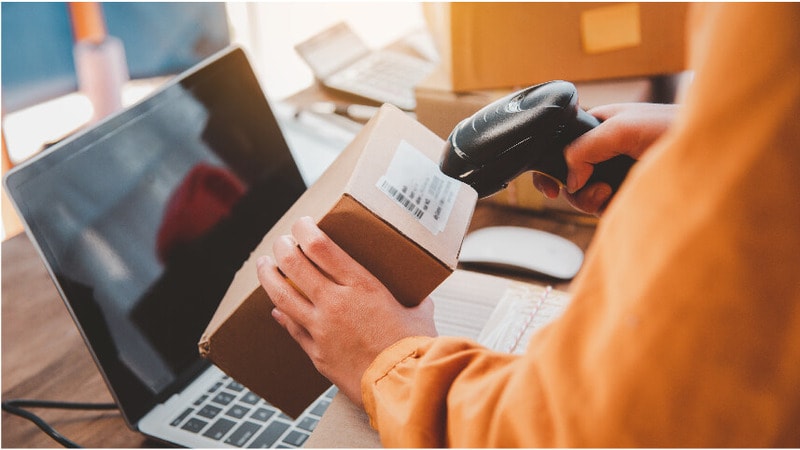
FAQs
How much does tamper-evident packaging reduce theft in retail?
Tamper-evident packaging significantly reduces theft by deterring shoplifters and preventing unauthorized access. Retailers often notice a decrease in shrinkage when using strong security measures alongside surveillance and employee training.
What’s the difference between tamper-proof and tamper-resistant packaging?
Tamper-proof packaging is designed to prevent any unauthorized access, making it nearly impossible to open without destroying the package. Tamper-resistant packaging, on the other hand, makes tampering more difficult but not entirely impossible.
Can tamper-evident packaging be customized for different brands?
Yes, customization options include branded security seals, unique breakaway closures, and packaging with company logos or special messaging to reinforce trust and authenticity.
Conclusion
Tamper-evident packaging provides essential security benefits by preventing unauthorized access, protecting product integrity, and reducing retail theft. Investing in the right security measures not only enhances consumer trust but also leads to significant cost savings by minimizing shrinkage and fraud-related losses.
As a long-term investment, tamper-evident packaging strengthens overall theft prevention strategies. When combined with employee training and in-store security measures, it creates a robust defense against product tampering and shoplifting.
Secure Your Products with Shosky’s Tamper-Evident Solutions
Protect your products, reduce theft, and build customer trust with Shosky’s advanced tamper-evident packaging. Our customizable security solutions help retailers safeguard their inventory while maintaining brand integrity. Contact us today to find the perfect tamper-evident packaging for your business.
